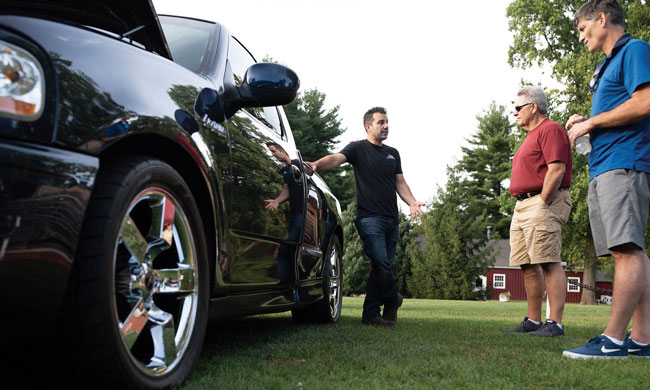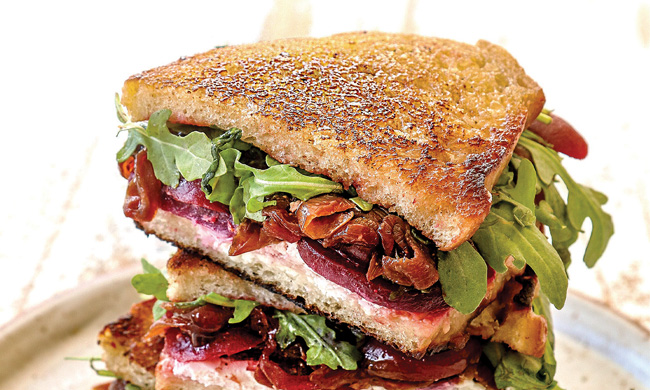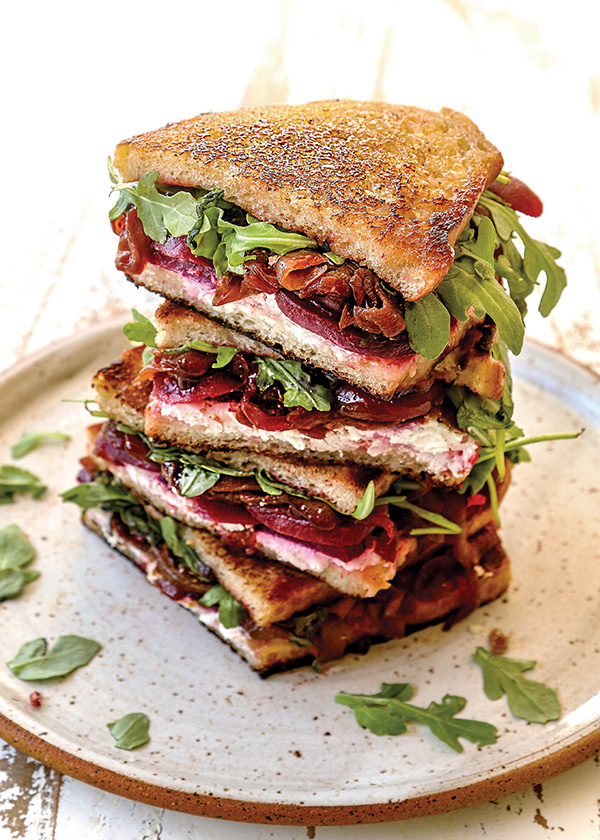
Watching your baby learn and grow can provide some of the most rewarding moments in life, full of emotions from parents and babies alike. Some milestones are more stressful or frustrating than others and, during these moments of newness, seeking guidance from health care professionals can go a long way.
As the 2020-2025 Dietary Guidelines for Americans recognize, the time period from 6-24 months is when babies begin building healthy eating patterns and experience eating a variety of foods, including vegetables, fruits and whole grains. This journey can be stressful for parents as they begin to navigate what and how much is right to feed their babies. As parents begin to explore this fun and messy milestone, they often question what and how much is right to feed baby and seek guidance from experts.
While every child is different and parents should always defer to their pediatrician to be sure their baby is developmentally ready for solid foods, consider these six tips and tricks based on frequently asked questions for transitioning to solids from Dr. Whitney Casares, MD, MPH, pediatric medical consultant for Gerber.
 Make sure baby is ready: Most babies start solid foods between 4-6 months old. Watch for signs your baby is ready to start solids like good head control, sitting up with support and swallowing food instead of pushing it back out onto his or her chin. Don’t introduce solids to your baby before 4 months old. Your pediatrician can offer guidance about when the time is right for your little one.
Make sure baby is ready: Most babies start solid foods between 4-6 months old. Watch for signs your baby is ready to start solids like good head control, sitting up with support and swallowing food instead of pushing it back out onto his or her chin. Don’t introduce solids to your baby before 4 months old. Your pediatrician can offer guidance about when the time is right for your little one.
- Timing is everything: When you’re first introducing solids, choose a moment in the day when your baby is happy and alert. Weekends tend to be easier times to start solid foods for families than busy weekdays. The more you can be in the moment with your child during those first feeding experiences, the better for you and him or her.
- Feed your baby the rainbow: Offer baby a diverse array of fruits, vegetables, iron-fortified whole grains and meats. Over the first six months of your baby’s feeding journey, iron-fortified cereals and purees can make feeding your baby convenient and simple. From apple and pear to zucchini, butternut squash and parsnips, Gerber’s 1st and 2nd foods lines offer a variety of purees that are just the right consistency for babies to practice tongue movements and advance their eating skills. Your baby’s first tries at swallowing solid foods may be awkward and require practice. Offering a small amount of breastmilk or formula before solids can help ensure he or she is not uncomfortably hungry.
- Supervise baby: Babies should always be supervised and seated in a secured highchair when eating, and parents should avoid choking hazards like whole grapes, nuts or cherry tomatoes. Use a soft, rubber-tipped spoon and start by guiding the spoon to his or her mouth with both your hand and your child’s hand on the spoon.
- Baby-led feeding: Consider baby-led feeding as a way to capitalize on the best aspects of baby-led weaning and spoon-feeding. Offer small amounts of nutritious foods in soft, easy-to-pick-up chunks appropriate for your baby’s developmental stage in addition to purees by pre-loading the spoon with your baby’s favorite puree or infant cereal for him or her to self-feed. As your baby gets older, look for baby-led friendly snacks, such as Gerber Lil’ Crunchies, that are specifically designed for babies to self-feed and fortified with key nutrients.
- Don’t get discouraged: Just because your baby makes a “yuck” face after trying a food for the first time doesn’t mean you should give up on it. Babies often need to try solid foods several times before they grow accustomed to them. Don’t be discouraged if your first attempt with a food seems less than successful; it’s all part of the process.
For more expert tips and resources for introducing solid foods, visit Gerber.com/learning-center.
Gerber














 One way to breathe new life into your ride is to take it to the next level aesthetically. With enthusiast communities growing around nearly every make and model of vehicle, it’s easy to find parts to make your vision a reality. One of the most eye-catching additions is a new set of wheels, and there are thousands of brands, styles and sizes to choose from for every car. The addition of front, side and rear aerodynamics kits, such as front splitters or rear spoilers, can give any ride that athletic look. Upgrading stock headlight and taillight units – many fitted with high-visibility LEDs – has never been easier.
One way to breathe new life into your ride is to take it to the next level aesthetically. With enthusiast communities growing around nearly every make and model of vehicle, it’s easy to find parts to make your vision a reality. One of the most eye-catching additions is a new set of wheels, and there are thousands of brands, styles and sizes to choose from for every car. The addition of front, side and rear aerodynamics kits, such as front splitters or rear spoilers, can give any ride that athletic look. Upgrading stock headlight and taillight units – many fitted with high-visibility LEDs – has never been easier.















